


China’s capital Beijing has endured the worst air pollution these days. With an orange alert, the second highest possible smog warning being issued by the National Meteorological Center, the city monitoring sites reported highest levels of pollutants on Monday.
Smog has been a major environmental problem in China for years. With an increase in awareness and the number of people affected, proposals on how to improve air quality have been a heated discussion. In 2013, the State Council issued an Action Plan on the Prevention and Control of Atmospheric Pollution, which requires populated regions and metropolises at the level of PM2.5 to be sharply reduced by 2017. In 2014, the mayor of Beijing, Wang Anshun, even said he'd stake his life on it, vowing that if the air were not put under control by 2017, he would behead his head and bring it to the Central leadership.
However, in the past year, rarely were there blue skies in Beijing, that people made up new words such as “APEC Blue” and “Military Parade Blue” in cherishing the blue skies during APEC 2014 and the Chinese military parade on this September. The “APEC Blue” and “Military Parade Blue” show the ability and resolution of the Beijing government wanting to tackle the air pollution. But that is far from enough.
According to the city’s heavy air pollution emergency plan, motorists would be limited to driving alternate days when the city announces a red alert, the highest possible smog warning. However, during the past five days, neither a red alert nor any restrictive measures were announced. What is the point of the heavy air pollution emergency plan, if no actions is to be taken or enforced? In this battle against heavy smog, what we need most is the actions for solving the problem, rather than just warnings that predict the imminent problem. After all, it is the determination and active actions that will lead to the most wanted clean air, not the promised “head”.
 Contestants of Mrs. Globe pose for photo in Shenzhen
Contestants of Mrs. Globe pose for photo in Shenzhen
 Bikini models attend hot pot banquet in Hefei
Bikini models attend hot pot banquet in Hefei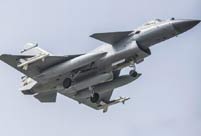 J-10B fighters with homegrown engine in test fligh
J-10B fighters with homegrown engine in test fligh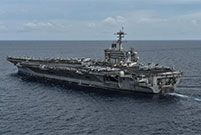 Photos of U.S. Navy intruding in South China Sea released
Photos of U.S. Navy intruding in South China Sea released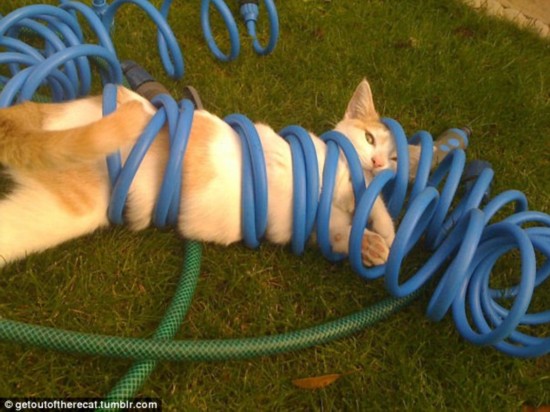 Cats who immediately regretted their life choices in photographs
Cats who immediately regretted their life choices in photographs Beautiful girl from police college becomes Internet hit
Beautiful girl from police college becomes Internet hit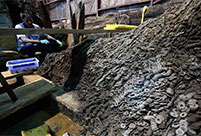 10 tons of copper coins unearthed in 2,000-yr old tomb
10 tons of copper coins unearthed in 2,000-yr old tomb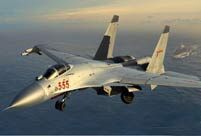 In Pics: Amazing Chinese fighters
In Pics: Amazing Chinese fighters
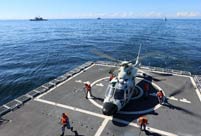 Chinese, U.S. navies hold first-ever joint exercise in the Atlantic
Chinese, U.S. navies hold first-ever joint exercise in the Atlantic Top 20 hottest women in the world in 2014
Top 20 hottest women in the world in 2014 Top 10 hardest languages to learn
Top 10 hardest languages to learn 10 Chinese female stars with most beautiful faces
10 Chinese female stars with most beautiful faces China’s Top 10 Unique Bridges, Highways and Roads
China’s Top 10 Unique Bridges, Highways and RoadsDay|Week